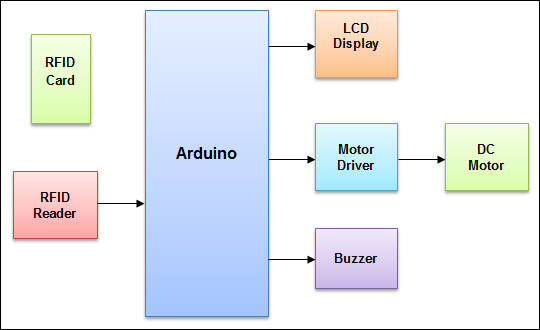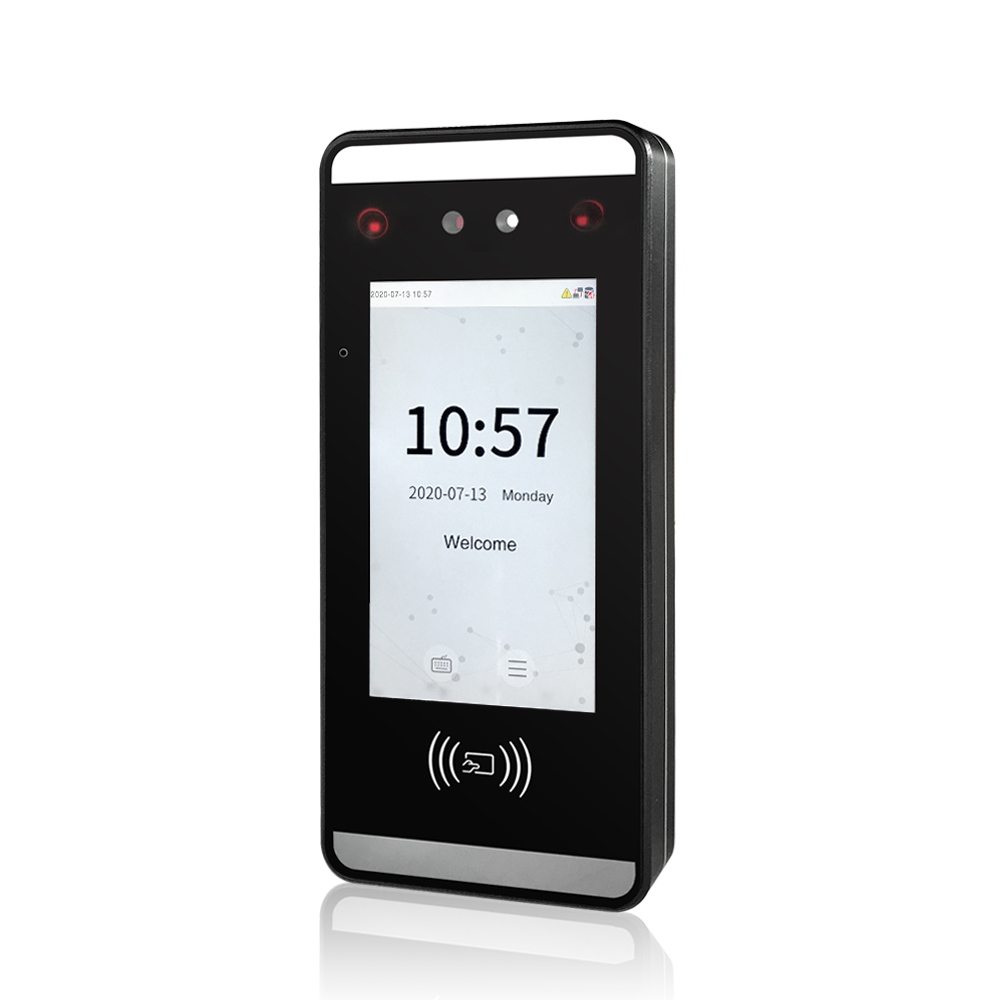


The evolving developments of CR research and disputes associated to the cost-effective CR systems are also summarized in this research study.ĭigitization is a key to provide smart solutions to the various infrastructure, economic and security issues in the modern world. This paper is intended to provide wide-ranging investigation for deploying the increasing exploration in the field of CR systems by including all features like spectrum sensing, evaluations, numerical designing of spectrum utilization and concepts of physical layer including the modulation scheme, multiple access techniques, resource distribution, cognitive learning and strength and safety measures in CR networks. Furthermore, software-defined radio systems have progressed to a larger extent, where it can be utilized for implementing the CR networks. A considerable quantity of research attempts has been carried out for resolving CR disputes, and numerous technologies associated with CR in addition to vibrant accessibility of the spectrum have also been incorporated. The cognitive radio (CR) prototype that has been intended to scheme the future wireless communication structures is emerging progressively by utilizing its various features within the existing wireless system models.
SMART ATTENDANCE SYSTEM USING RFID PDF SERIAL
The reader can communicate with a microcontroller over a 4-pin Serial Peripheral Interface (SPI) with a maximum data rate of 10Mbps. The RC522 RFID Reader module is designed to create a 13.56MHz electromagnetic field that it uses to communicate with the RFID tags (ISO 14443A standard tags). In this project we mainly focus on the understanding of how RFID card reader is done with the use of Arduino. RFID is one method for Automatic Identification and Data Capture (AIDC). Active tags have a local power source such as a battery and may operate at hundreds of meters from the RFID reader. Once activated, the tag sends a wave back to the antenna, where it is translated into data. It uses radio waves to transmit signals that activate the tag.
SMART ATTENDANCE SYSTEM USING RFID PDF PORTABLE
The RFID reader is a network-connected device that can be portable or permanently attached.

readers-fixed readers and mobile readers. When the scanning antenna and the transceiver are combined they are referred to as an RFID reader or interrogator. Every RFID system consists of three components: a scanning antenna, a transceiver, and a transponder. Imaginative Abstract: RFID is a form of wireless technology that uses electromagnetic frequencies to identify a person, object, or an animal. RFID technology can also deliver benefits in different areas and not only in commerce, sale or logistics. The aim of RFID technology is in increase efficiency, reduce data entry errors and in decrease count of necessary employees. This identification method is coupled with automatic data capture and companies use it to get data into computer systems without intervention of employees. This article describes usage of radio frequency identification (RFID), technology which uses radio waves and which can be used to identify all kinds of objects in logistics. Through the antenna can chip transmit identification data to scanner (also known as "interrogator") which convert them to convenient form for further computer processing (Pužmanová, 2006, p. Chip and antenna are known under name "RFID tag". The most common form of self identification is saved product serial number, eventually additional information on chip. Radio frequency identification (RFID) is common name for technologies which use radio waves to automatic identification of objects. GENERAL INFORMATION ABOUT RFID TECHNOLOGY. Automatic identification has become also very popular in many industry branches and is used to provide information about people, animals, goods and products. As RFID solutions are getting cheaper, offer certain advantages especially in logistics. Radio frequency identification is rapidly growing technology with a manifold of possible applications.


 0 kommentar(er)
0 kommentar(er)
